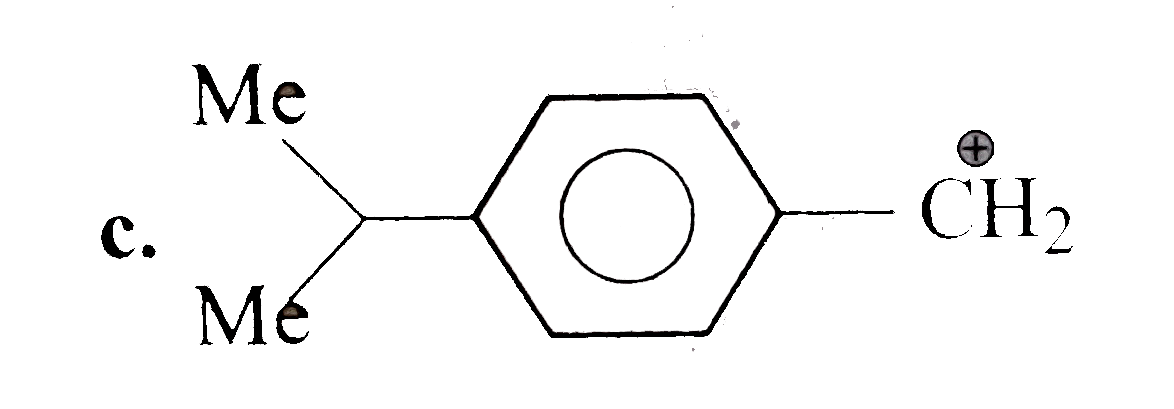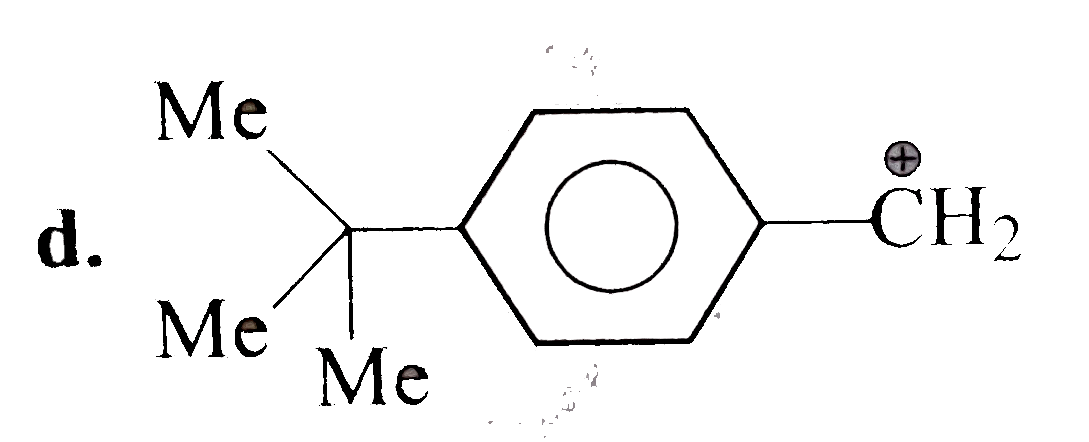Comparison OF Stabilities and Intermediates (carbocation||Free Radicals)
Video Solution
|
Answer
Step by step video solution for Comparison OF Stabilities and Intermediates (carbocation||Free Radicals) by Chemistry experts to help you in doubts & scoring excellent marks in Class 12 exams.
Updated on:21/07/2023Similar Questions
Knowledge Check
An organic reaction occurs by using reagents called electrophiles and nucleophiles via the formation of some reactive intermediates called carbocations, carbanions, free radicals, carbenes, nitrenes, radical cations, and radical anions.
The most stable free radical is :APhCH2.CH2BMe.CH2CMe2.CHDPh.CHMeAn organic reaction occurs by using reagents called electrophiles and nucleophiles via the formation of some reactive intermediates called carbocations, carbanions, free radicals, carbenes, nitrenes, radical cations, and radical anions.
The most stable carbocation is :APh⊕CH2B C
C D
D
Application OF Inductive Effects||Stability Comparison OF different Carbocations|| Free Radical|| Stability OF different Carboanions
View SolutionComparison OF Stability OF Intermediates on the Basis OF +M || -M || +I || -I
View SolutionIntroduction To Organic Chemistry - Reaction Intermediates -Carbon Free Radical
View SolutionStability Comparison OF Different Reaction Intermediate
View SolutionCombined Application OF Resonance|| Hyperconjugation|| Inductive Effect|| Comparison OF Stability OF Carbon Free Radical and carbocation
View Solution|| Stability comparison OF carbocation ||
View Solution
